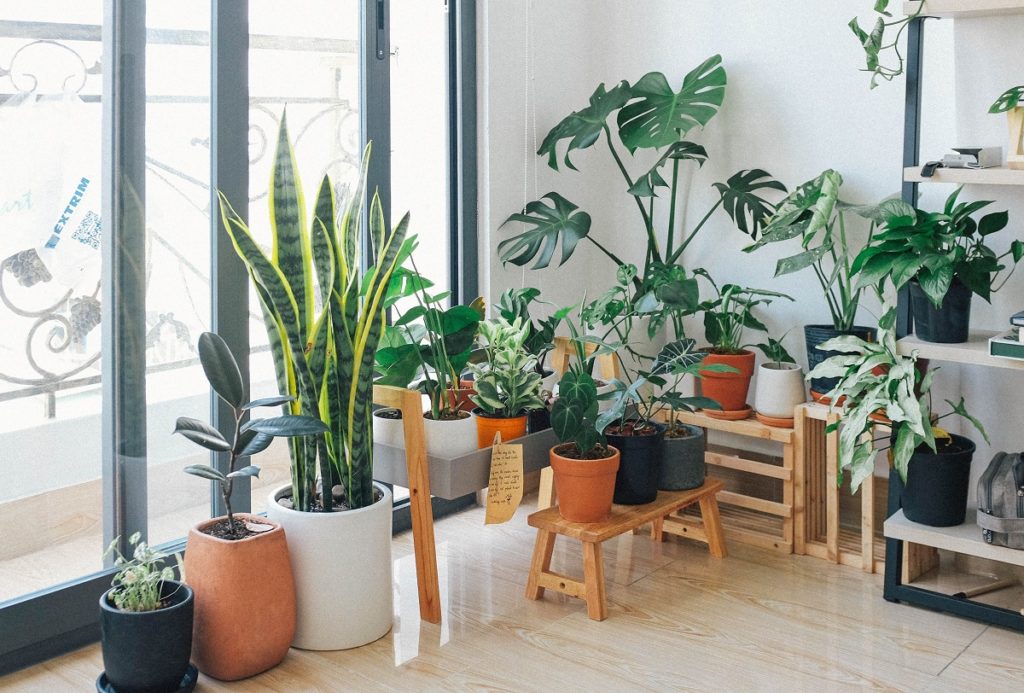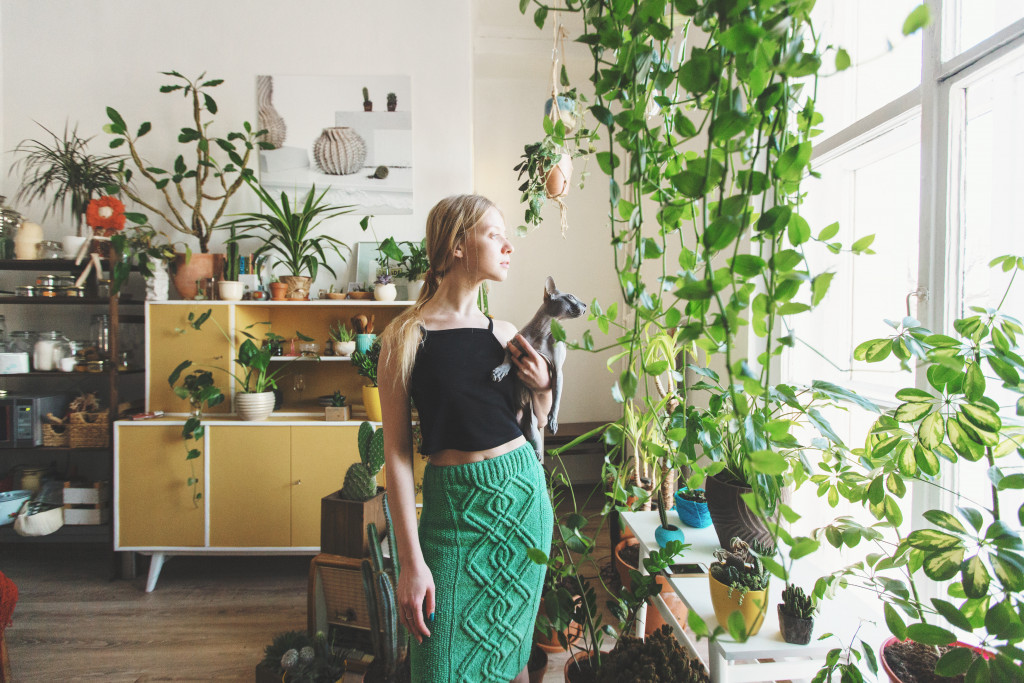All plants need care and attention to grow properly. Sometimes, that care is easier when the plant is inside rather than outside, where you have less control over pests and weather conditions.
However, maintaining your indoor plants can be a challenge if you don’t know how to provide the proper environment for them.
What are the best indoor plants to grow?
Among the best indoor plants to raise are those that will survive well with the least attention and effort. There are a few plants commonly known as “indestructible” — they include:
Spider plants may be among the easiest indoor plants to grow and help clean up toxins in your home.
Aloe — these come in many varieties, and you don’t need to do much but keep them in a sunny location and give them enough water.
Snake plants — these are very easy indoor plants that can thrive with little sunlight. If you have too much light, they’ll adjust easily.
Peace lilies — often touted as one of the best houseplants to remove toxins from home, are easy to grow, and can adapt to most lighting conditions.
Philodendrons — these indoor plants require little water or light, making them great for apartments or homes with minimal garden space.
Once you’ve decided on which type of plants to grow inside your home, here are some of the best ways to keep them alive and thriving:
Provide your plants with the proper amount of light.
Make sure that they get a minimum of six hours of light each day, and try to create a sunny window-ledge area for them.
If you don’t have much natural sunlight, consider investing in a grow light that can help provide the proper amount of lighting without being too hot.
If you have time and patience, you can also take out your plants early in the morning, so they can enjoy some sun. If this is too tedious, you can rotate your indoor and outdoor plants every couple of weeks, so all of them get the love and attention they deserve. This also gives you a chance to change the atmosphere and color in your living room or bedroom.
Use a humidifier to increase moisture in the air.
Indoor plants need a certain amount of humidity, and you’ll want to make sure that they get at least 30% of the indoor relative humidity in your home. If you notice that your plant’s leaves are starting to turn brown or the soil is very dry, it may be because there isn’t enough humidity in the air.
However, if the soil is too moist, it can cause root rot or mold growth. You can test your humidity levels by picking up a hygrometer from any home decor store.
Keep your house cool.
This will help keep the indoor temperature at an ideal level for your plants.
Aim for a temperature between 65 and 78 degrees Fahrenheit (18 – 26 degrees Celsius) for the best humidity levels. If you’ve got a plant that loves warmer temperatures, aim for around 80-85 degrees Fahrenheit (27 – 29 degrees Celsius).

Add water to the soil every week, but don’t over-water them and make sure they have enough drainage.
When you water your indoor plants, make sure that the soil is moist but not soggy. If they’re located in a dark space with little moisture release, keep the soil slightly drier at all times.
Some gardeners recommend using pebbles, marbles, or gravel at the bottom of plant containers to help with drainage and prevent root rot.
When in doubt about how much water your plants need, always check the soil for moisture before adding more.
Know when to add fertilizer.
You must know how often your plants need to be fertilized (if they’re getting it at all) and whether or not you need to add fertilizer each time you water them.
For the best results, check with your local plant nursery or garden maintenance center when in doubt about fertilizing a particular type of plant. As a general rule of thumb, plants grown for their blooms may need fertilizer every two weeks, while other plants may only need fertilizer once a month.
Opt for a terrarium
If you’re trying everything and nothing works, consider converting to terrariums. A terrarium is a sealed environment with some soil and a few little plants.
Because the system is airtight, the plants absorb water, “exhale” it through transpiration, and then collect moisture on the terrarium walls before returning it to the growing media. Terrariums are ideal for tiny plants that require greater humidity and temperature levels.
Indoor plants can be a great addition to any home, but they need the right amount of light and humidity to thrive.


